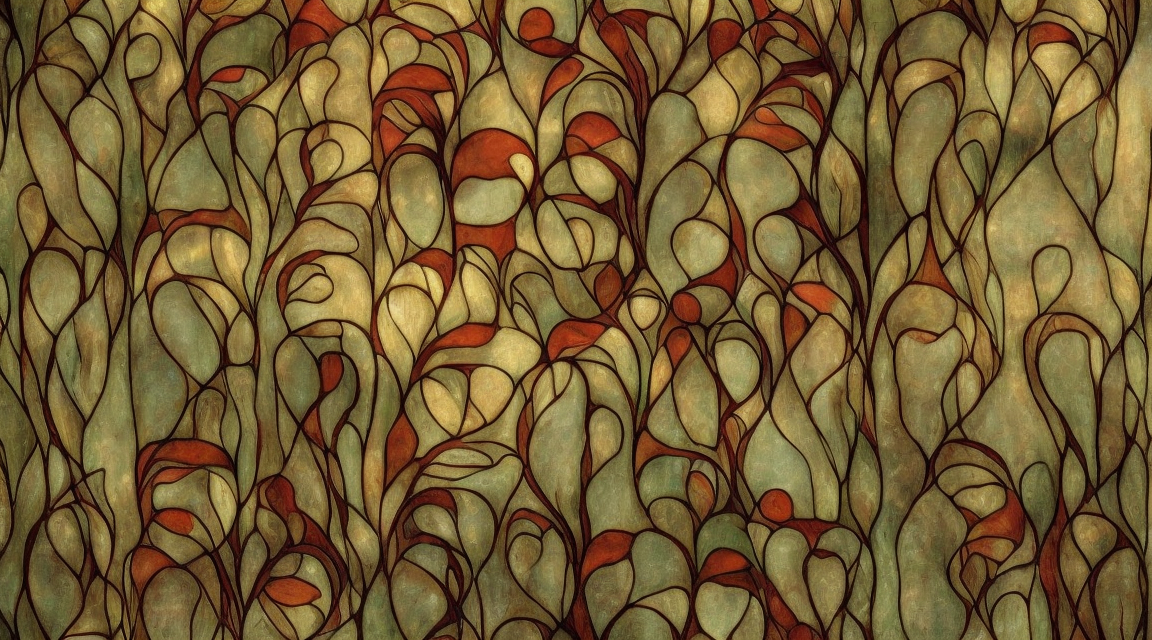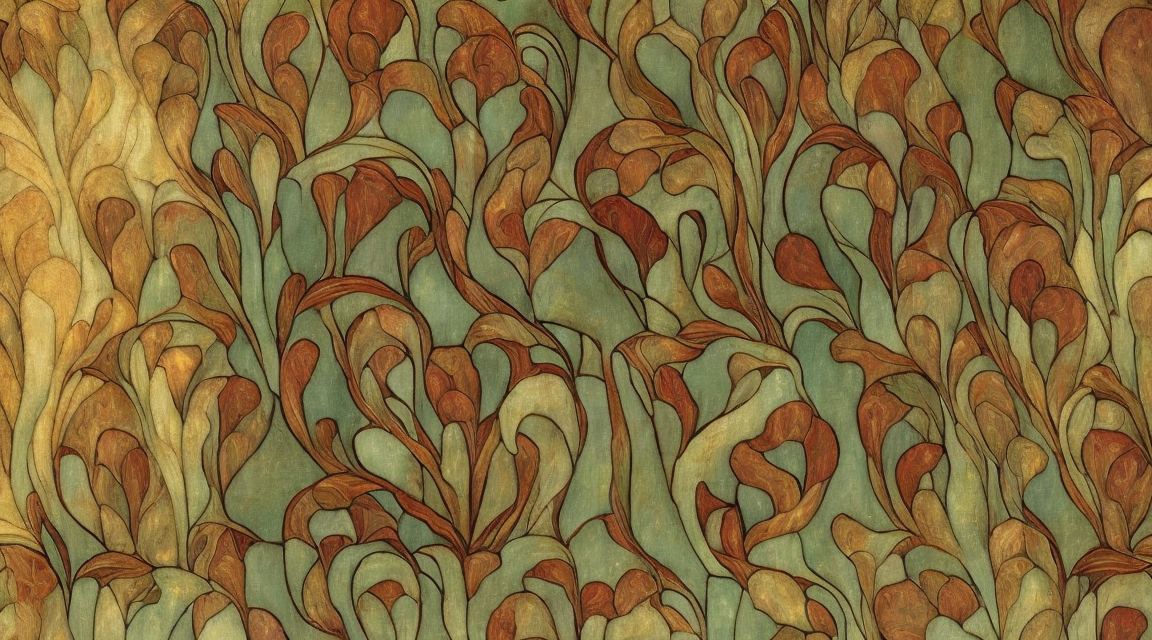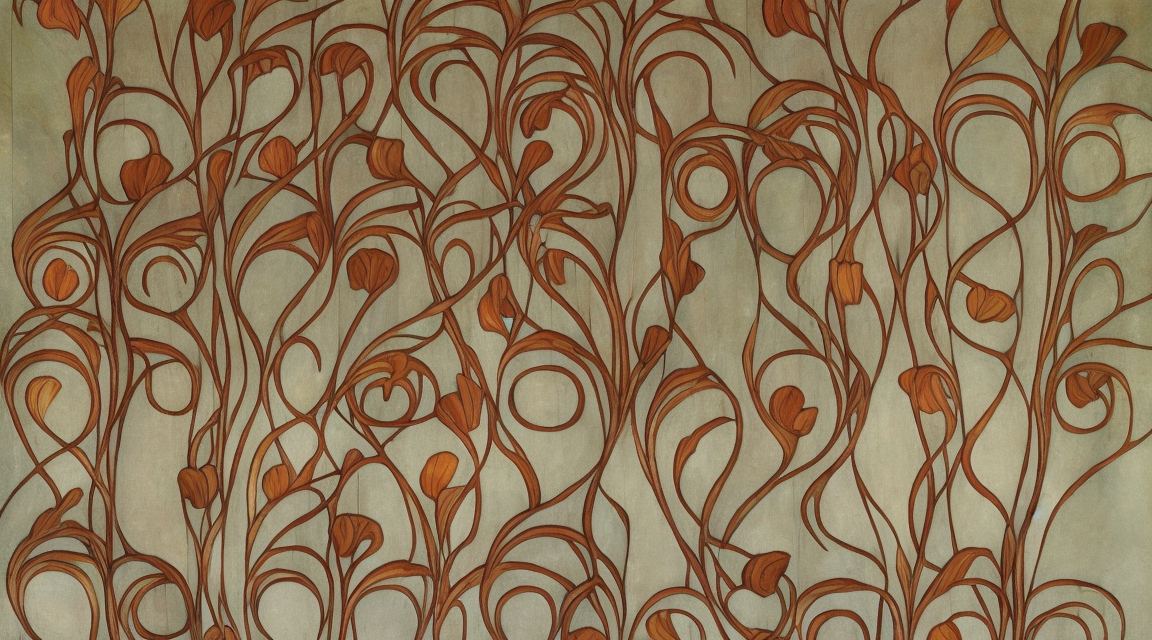In the world of art, there are various movements that have left an indelible mark on history. One such movement that stands out for its unique beauty and elegance is Art Nouveau. Emerging in the late 19th century, Art Nouveau became a transformative force in the artistic world, influencing not only visual arts but also architecture, design, and even fashion. Despite its relatively short-lived reign, the impact of Art Nouveau can still be felt today, as it continues to inspire artists and designers around the world. So, let’s dive into the enchanting world of Art Nouveau and explore its origins, key characteristics, influences, and its revival in contemporary art.
Origins of Art Nouveau

Art Nouveau, meaning “new art” in French, emerged in the late 19th century as a reaction against the prevailing academic art of the time. It originated in Europe, particularly in France and Belgium, and quickly spread across the continent and beyond. The movement sought to break free from the constraints of traditional art forms, embracing a more dynamic and organic style.
The roots of Art Nouveau can be traced back to several sources, including the influence of earlier art movements such as the Arts and Crafts movement and the Aesthetic movement. The Arts and Crafts movement, led by artists like William Morris, championed the importance of craftsmanship and the integration of art into everyday life. The Aesthetic movement, on the other hand, focused on the concept of “art for art’s sake,” prioritizing beauty and aesthetics above all else.
Key Characteristics of Art Nouveau

Art Nouveau is characterized by its ornamental and decorative style, often incorporating intricate, sinuous lines, and nature-inspired motifs. The movement sought to blur the boundaries between different art forms, resulting in a harmonious fusion of architecture, interior design, furniture, jewelry, and even typography.
Some key characteristics of Art Nouveau include:
- Organic forms: Art Nouveau drew inspiration from the natural world, with curved and flowing lines resembling plants, flowers, and other organic elements. This emphasis on organic forms gave Art Nouveau its distinctive and fluid aesthetic.
- Whiplash curves: The use of sinuous, elongated, and undulating lines, known as “whiplash curves,” was a hallmark of Art Nouveau. These lines created a sense of movement and dynamism, adding a touch of grace and elegance to the artworks.
- Ornamentation: Art Nouveau embraced ornamentation, with intricate and detailed designs adorning various objects and surfaces. This love for decoration was evident in everything, from architecture, where buildings were adorned with elaborate facades and decorative ironwork, to interior design, where furniture and fixtures were embellished with ornate patterns and motifs.
- Emphasis on craftsmanship: Art Nouveau celebrated the importance of skilled craftsmanship, with artists and artisans dedicating themselves to creating meticulously handcrafted pieces. This emphasis on craftsmanship elevated Art Nouveau to a level of artistic excellence, setting it apart from mass-produced goods.
Influences on Art Nouveau

Art Nouveau drew inspiration from a myriad of sources, blending various artistic and cultural influences to create a unique and harmonious aesthetic. Some of the key influences on Art Nouveau include:
- Japanese art: The influx of Japanese art and design into Europe during the late 19th century had a profound impact on Art Nouveau. Japanese woodblock prints, with their flattened perspectives, intricate patterns, and nature-inspired motifs, resonated with the organic style of Art Nouveau.
- Symbolism: Symbolist poetry and literature, with its emphasis on mystery, spirituality, and the subconscious, influenced the themes and imagery of Art Nouveau. The movement often incorporated symbolic elements, exploring themes such as metamorphosis, sensuality, and the supernatural.
- Islamic and Moorish architecture: The intricate patterns and geometric designs found in Islamic and Moorish architecture left a lasting impression on Art Nouveau. These ornamental elements were reinterpreted and incorporated into Art Nouveau architecture and design, adding a sense of exoticism and grandeur to the movement.
- Botanical studies: The scientific exploration of plants and flowers during the late 19th century fueled the fascination with nature in Art Nouveau. Artists meticulously studied botanical illustrations and incorporated these organic forms into their artworks, giving rise to the iconic nature-inspired motifs of the movement.
Revival and Contemporary Impact of Art Nouveau

After its decline at the beginning of the 20th century, Art Nouveau experienced a revival in the latter half of the 20th century. With a renewed interest in craftsmanship, ornamentation, and the integration of art into daily life, artists and designers rediscovered and embraced the beauty and elegance of Art Nouveau.
Today, the influence of Art Nouveau can be seen in various forms of art and design. Contemporary artists continue to draw inspiration from the movement, incorporating its key characteristics and motifs into their works. From architecture and interior design to jewelry, graphic design, and even fashion, the legacy of Art Nouveau lives on.
Art Nouveau’s emphasis on organic forms and intricate craftsmanship has found resonance in contemporary art and design. Its influence can be seen in the curvilinear and nature-inspired architecture of renowned architects like Gaudí, the ornate patterns and intricate details in contemporary furniture and decor, and the whimsical and flowing designs in fashion and jewelry.
The revival of Art Nouveau not only pays homage to a bygone era but also serves as a reminder of the enduring beauty and timeless appeal of this art movement. It continues to inspire and captivate artists and art enthusiasts, reminding us of the power of art to transform and transcend time.
In conclusion, Art Nouveau remains a significant art movement that rejuvenated the artistic world with its unique aesthetic and integration of different art forms. Its blend of organic forms, intricate ornamentation, and a celebration of craftsmanship continues to captivate and inspire artists to this day. Whether it be the curvaceous lines in architecture or the delicate motifs in jewelry, the revival and contemporary impact of Art Nouveau highlight its timeless appeal and its enduring place in the world of art and design.
